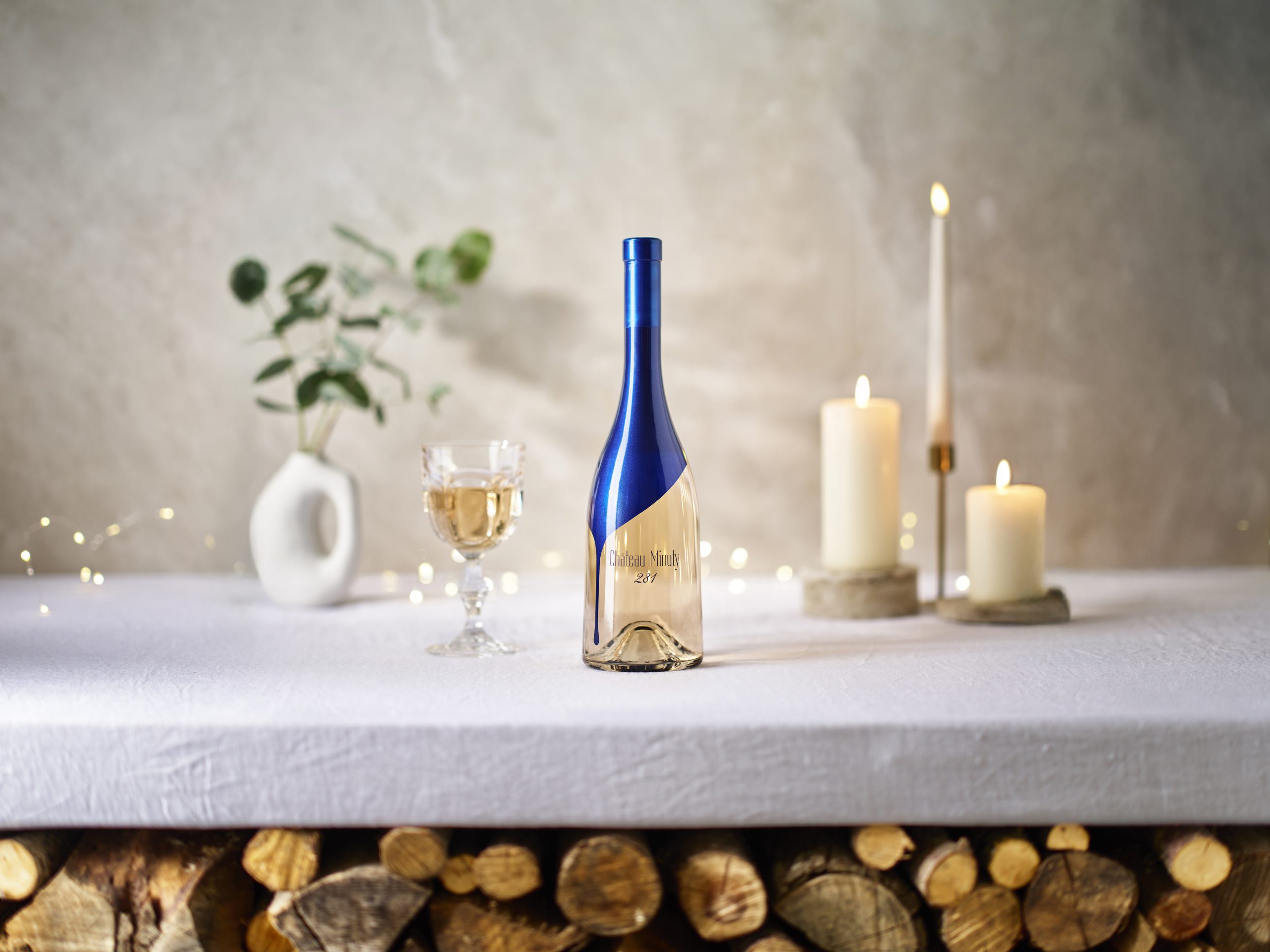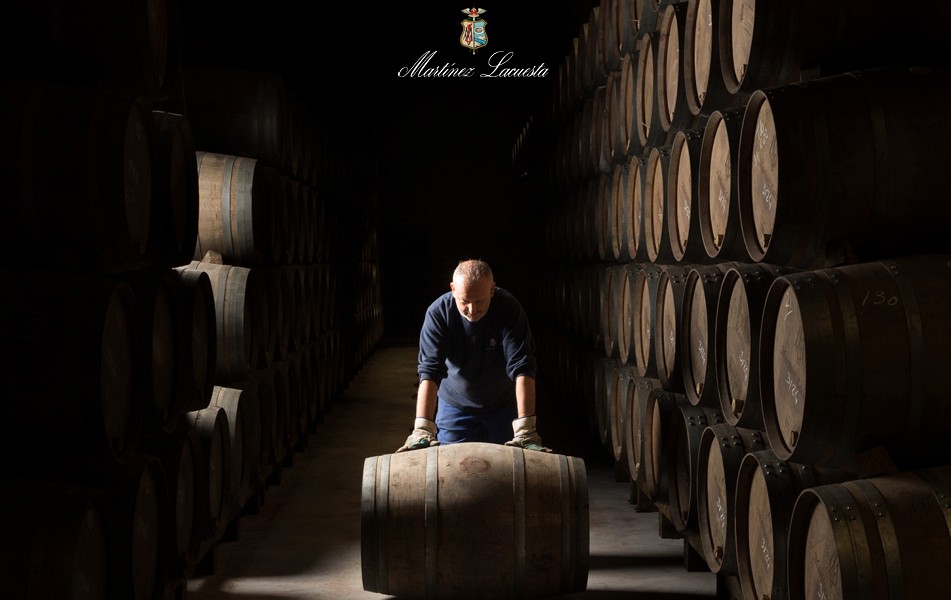A solution for Champagne’s Chardonnay shortage?
As the demand for high-quality Chardonnay in Champagne begins to outstrip demand, one producer sees a solution for new sources in the south east of the appellation.
With the fashion for blanc de blancs Champagnes rising worldwide, maisons that specialise in fizz made from Chardonnay, such as Ruinart, have previously told db that any further sales growth is limited by the supply of high-quality white grapes in the region, particularly from the famous Chardonnay vineyards of the Côtes des Blancs.
Recording that “for great Chardonnay you need chalk, and certain slopes,” Frédéric Dufour, who is president & CEO of Ruinart, told db earlier this year that high-quality Chardonnay grapes have become the most “precious raw material” in Champagne – exacerbated by the variety’s susceptibility to frost because it blossoms early.
As a result, not only is the finite amount of good Chardonnay capping growth for some producers, but it is also ensuring that prices for the best grapes are rising quickly – and some would say too quickly to pass on to consumers.
Furthermore, due to Chardonnay’s specific requirements – above all free-draining chalky slopes – there isn’t the possibility to simply switch vineyards planted to red grapes (Pinot Noir and Meunier) over to Chardonnay, which is currently the least planted grape in Champagne, accounting for less than a third of the vineyard area.
Nevertheless, Jean-Claude Fourmon, who is head of Champagne Joseph Perrier – a maison headquartered in Chalons-et-Champagne – told db that there was a source of high-quality Chardonnay beyond the traditional heartlands of Champagne production (the Montagne de Reims, the Vallée de la Marne and the Côte des Blancs), and that there was potential for expansion.
This Chardonnay supply, he stressed, was from the village of Vitry-le-François, a place known to Champagne specialists for its extensive chalk deposits, similar to those more famously found at the Côte des Blancs.
“Vitry is [home to] the most beautiful Chardonnay in Champagne after the Côte des Blancs,” he stated.
Observing the high level of chalk in the area and its affect on the wines, he added, “The Chardonnay from Vitry has amazing minerality; the earth there is white.”
Significantly, he observed that there was the potential to bring more great Chardonnay terroir into the Champagne appellation because there were parts of Vitry with chalk outcrops that currently weren’t included within the boundaries of the famous French sparkling wine region.
“If you take all the communes of Vitry, the vineyard area totals around 500 hectares – but with the extension, there are probably new villages that could go to Vitry because there is still a lot of côteaux that can be elected,” he stated, referring to the decision by Champagne to revise the boundaries of the appellation to include new areas for planting grapes – a process still undergoing discussion.
At the moment, however, he said that more producers were discovering the quality of the Chardonnay from the existing planted area in Vitry, causing grape prices to rocket.
Partner Content
“We are still the largest buyer of grapes in Vitry, but now everyone is there and it is where the prices of grapes are rising most quickly,” he said.
“Chardonnay grapes are now over €6 per kilo are prices and going up faster than for the grands crus,” he added.
Such an escalation, he said, was a concern for the whole region. “If grape prices keep going up we are dead because if the price of Champagne keeps going up then it opens the door to new sparkling.”
The vineyard area officially known as the Côteaux de Vitry has its own association of growers and is planted almost entirely with white grapes – as much as 96% of the vines are Chardonnay.
It is found to the south and east of the Côtes des Blancs, and the Côteaux de Vitry shares the former famous area’s chalk outcrops and its south/south-east facing slopes, ensuring the exposure to sunlight in both places is maximised.
For more analysis on the demand for and supply of Chardonnay in Champagne, see the June edition of the drinks business, out next month.
Read more
CHAMPAGNE SUFFERS CHARDONNAY SHORTAGE




